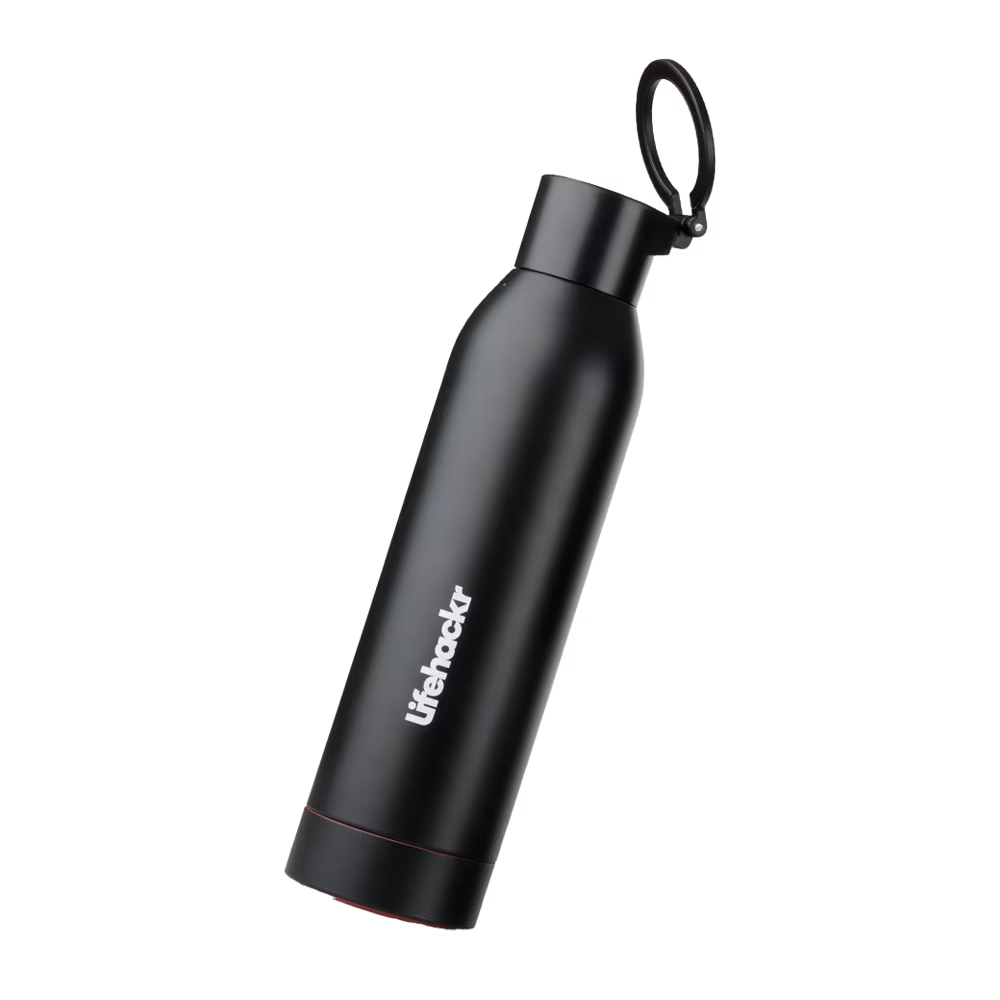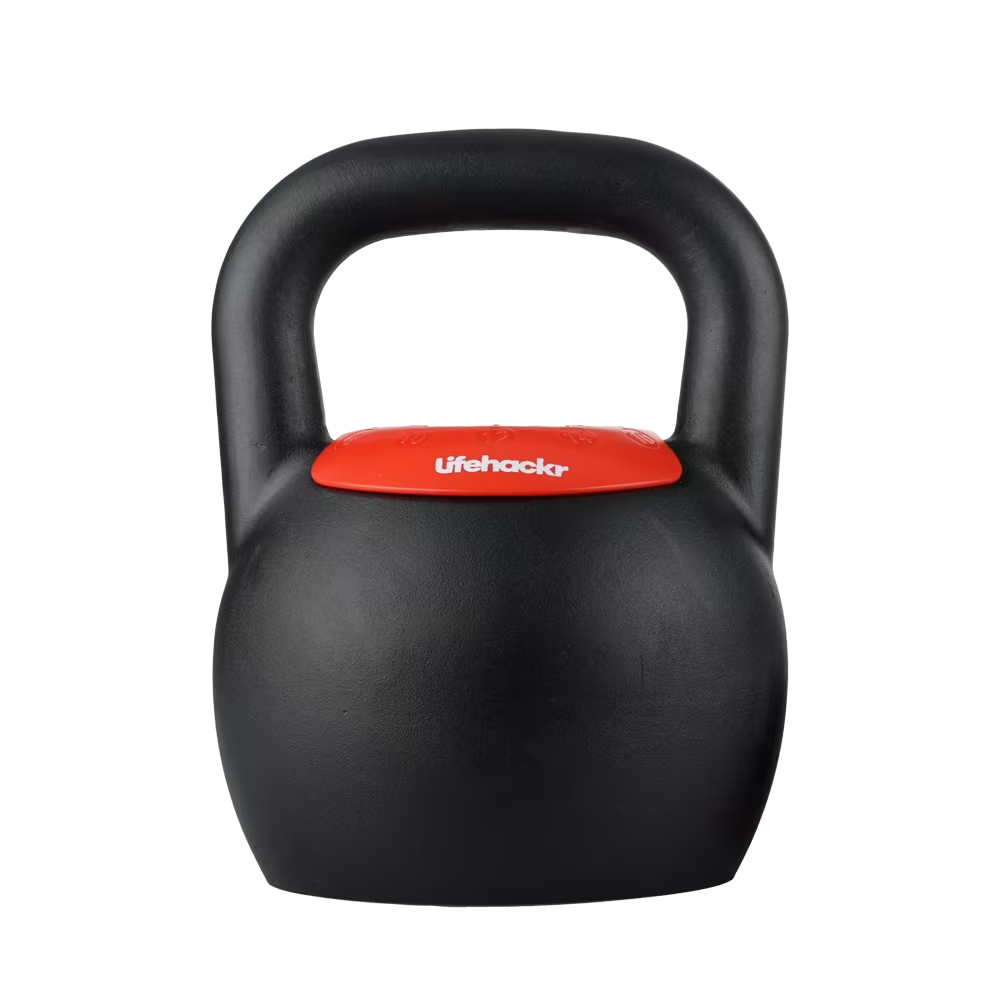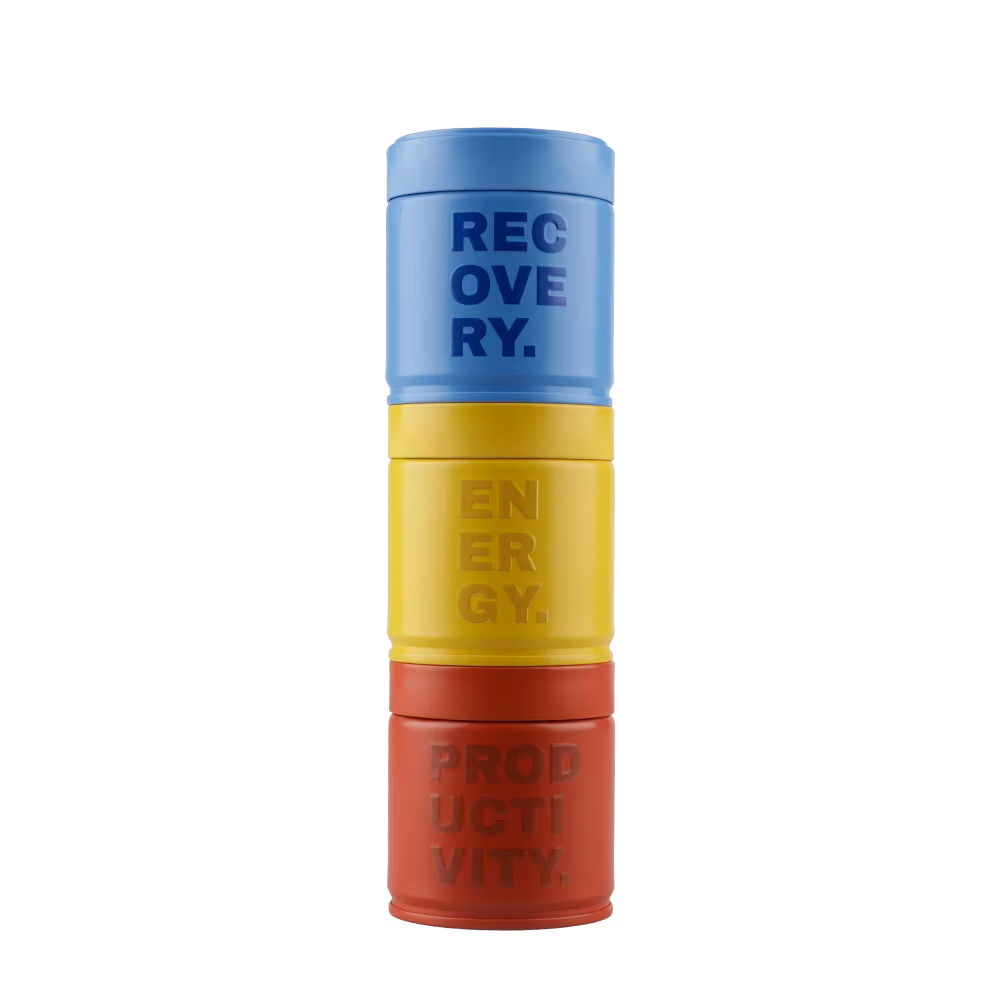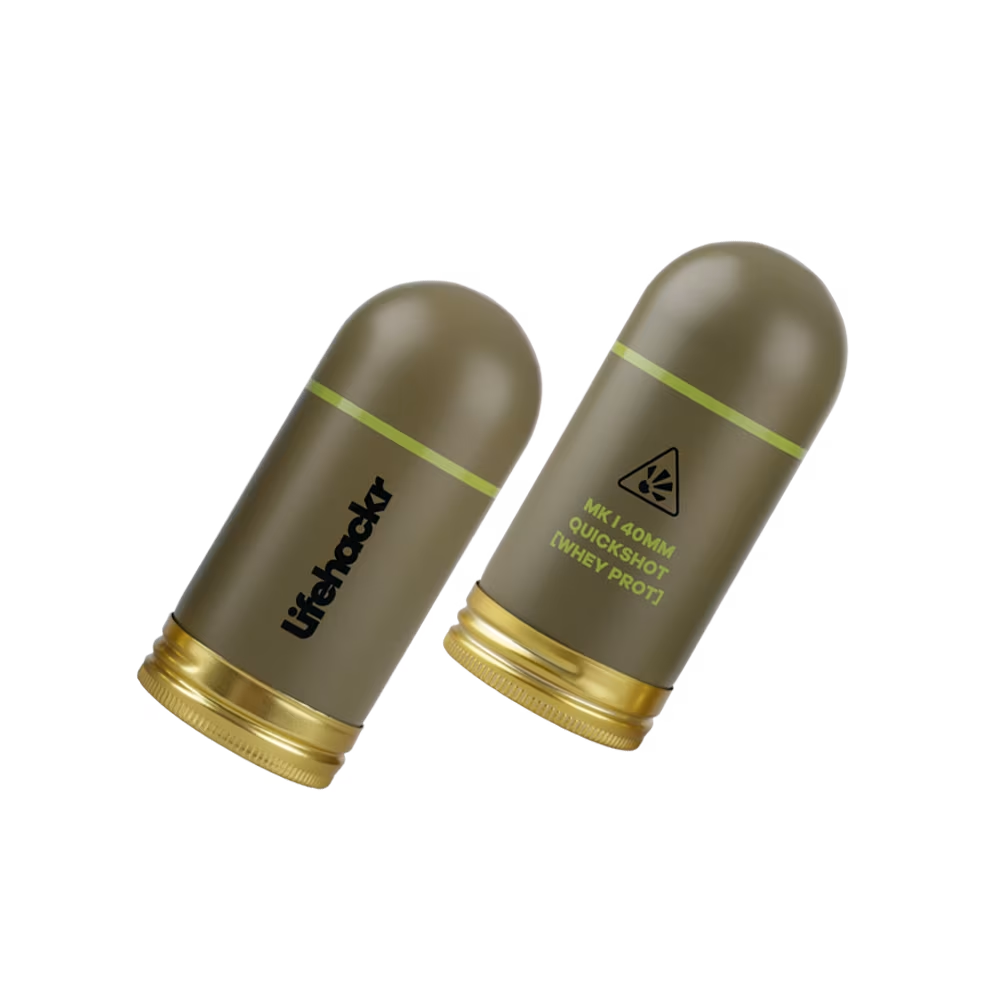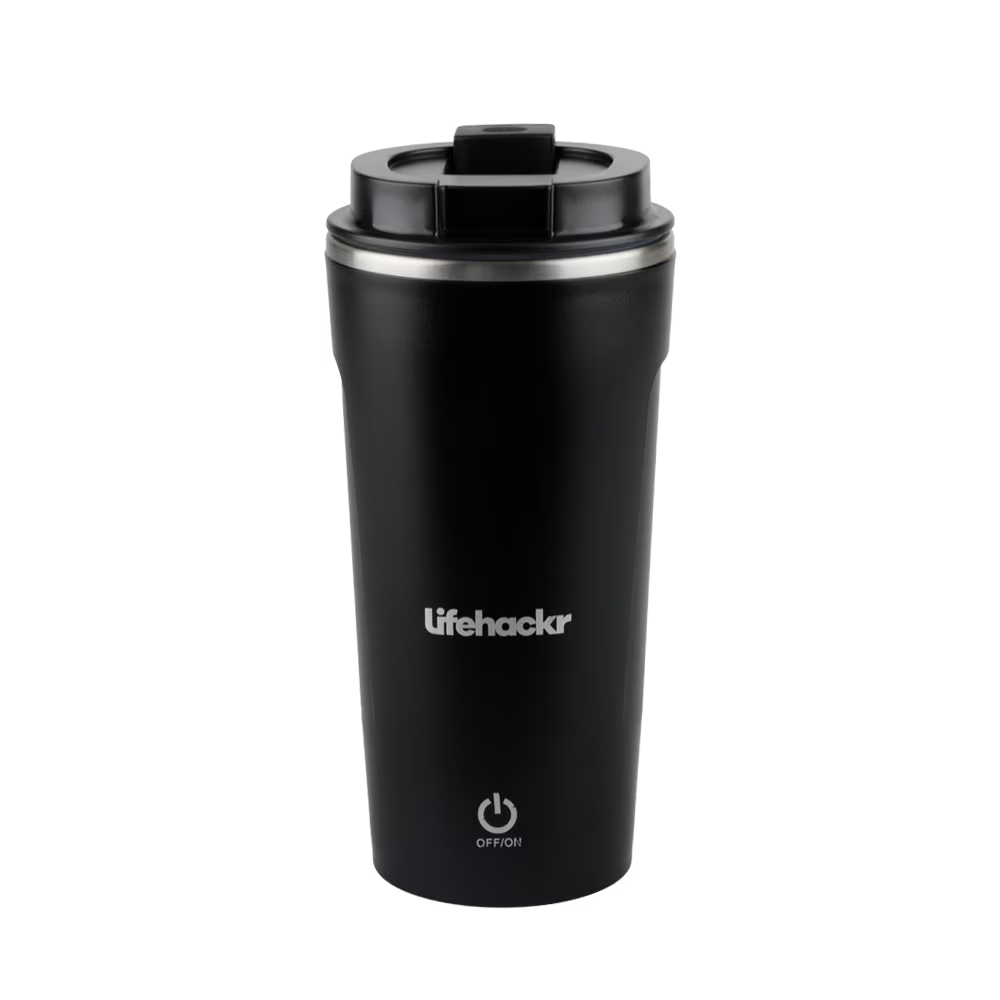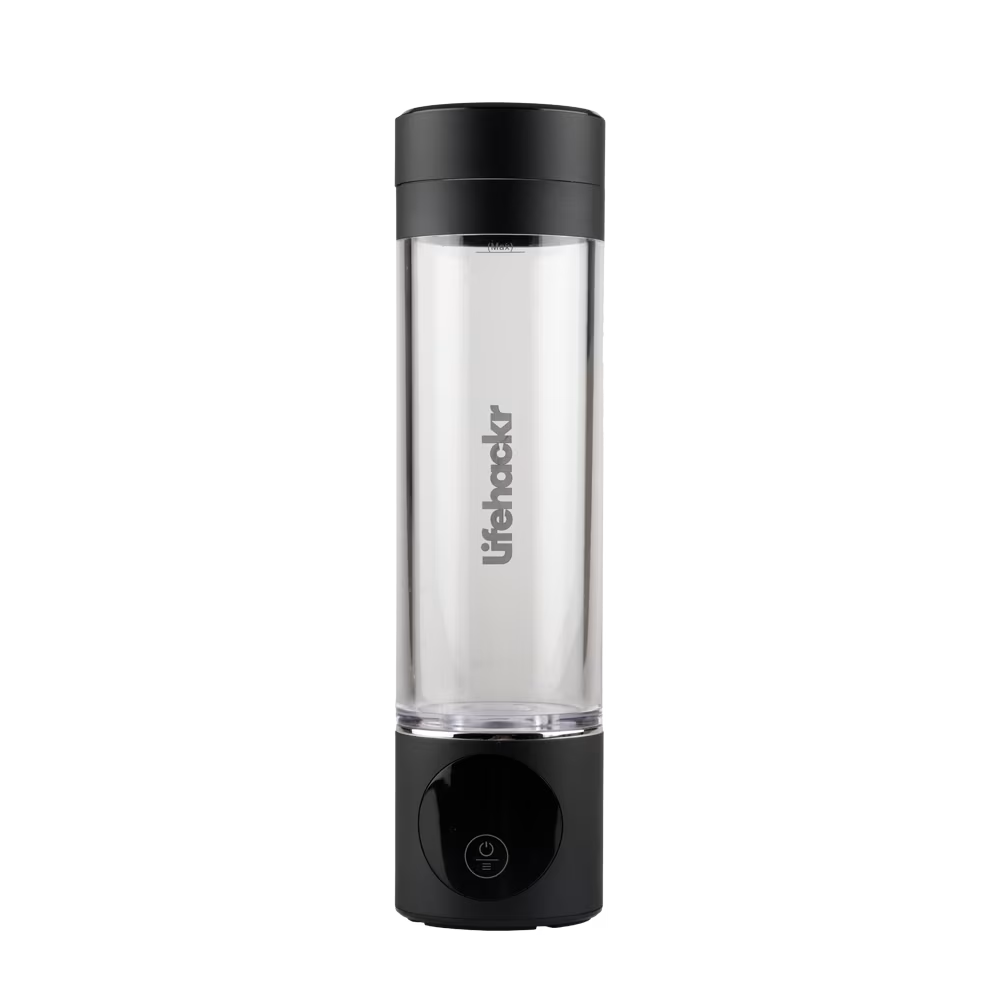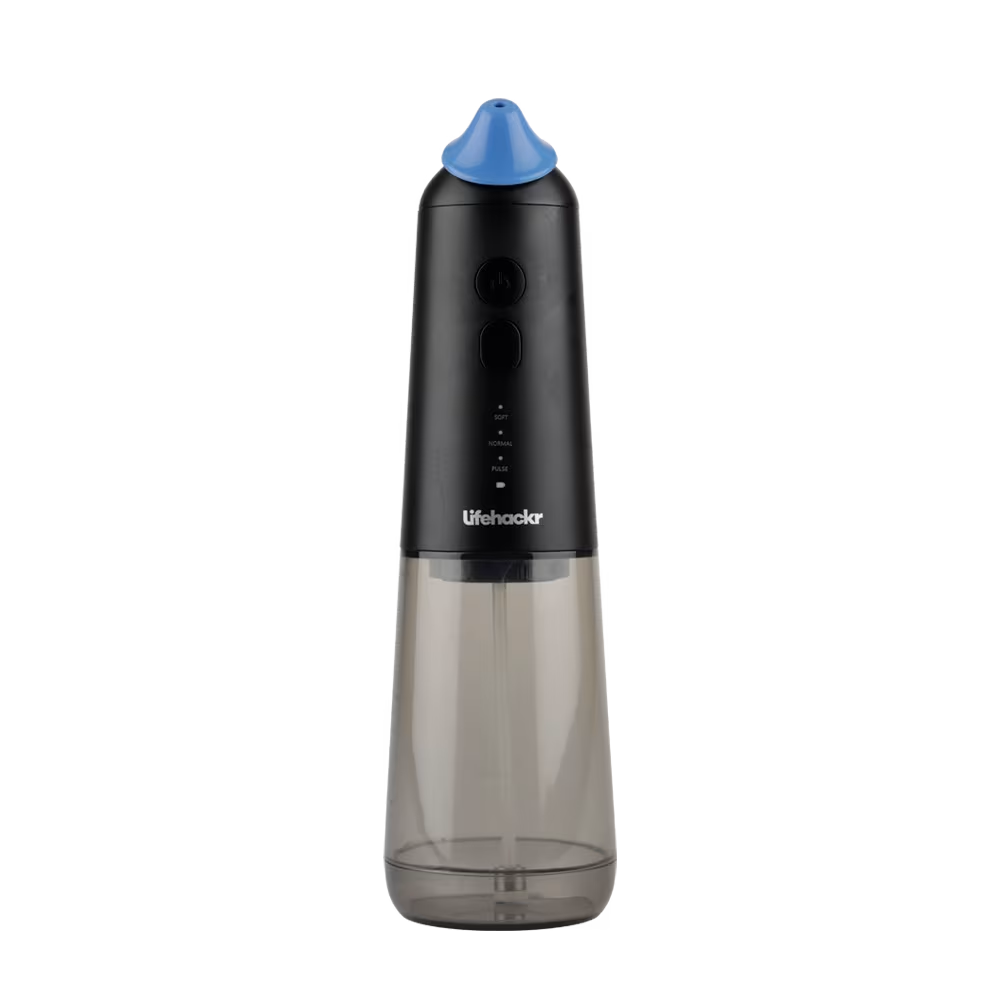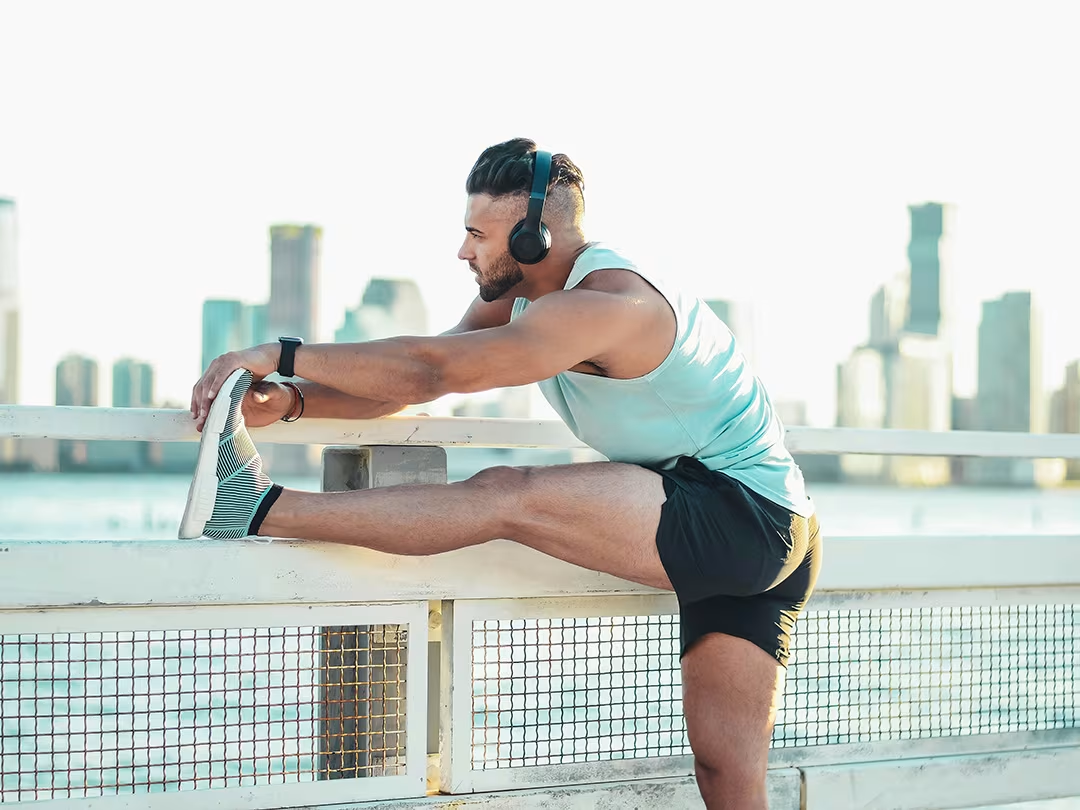
Daily Mobility Routines to Bulletproof Your Body
Strength and endurance get most of the spotlight in fitness, but mobility is the quiet foundation that holds everything together. Without it, strength leaks away through poor movement patterns, and endurance is limited by joints and tissues that can’t keep up.
Mobility isn’t just flexibility—it’s strength through a full range of motion. It’s the ability to bend, twist, reach, and squat without pain or restriction. And in a world where most of us spend hours sitting, scrolling, and hunching forward, mobility work isn’t “extra”—it’s essential.
1. Why Mobility Matters for Performance
Think of your body as a high-performance car. Strength training is the engine. Cardio is the fuel system. Mobility is the suspension—it ensures every part moves smoothly under stress. Without it, power doesn’t transfer efficiently, and something eventually breaks.
2. Injury Prevention Through Prepared Tissue
Tight hips, stiff ankles, or a locked-up thoracic spine can turn basic movements into ticking time bombs. Mobility work keeps muscles and connective tissue resilient, reducing the risk of strains, sprains, and overuse injuries.
3. Better Posture, Better Breathing
Poor mobility often shows up as rounded shoulders, forward head posture, and compressed breathing patterns. Restoring range of motion in the thoracic spine and opening the chest can instantly improve oxygen intake and energy levels.
4. The AM/PM Mobility Split
A powerful approach is to divide your mobility work into short sessions—5–10 minutes in the morning to wake up your body, and another 5–10 minutes in the evening to release tension.
- Morning: Dynamic moves like leg swings, arm circles, and cat-cow stretches.
- Evening: Slower, static holds like pigeon pose, hamstring stretches, and deep squats.
5. Consistency Over Intensity
Just like strength training, mobility gains come from regular practice, not occasional “big” sessions. Two minutes a day beats one hour once a week.
How to Start Your Daily Mobility Habit
- Anchor it to something you already do—like your morning coffee ritual.
- Focus on 2–3 problem areas at first (common culprits: hips, hamstrings, shoulders).
- Track your sessions to reinforce the habit.
Bringing It All Together
Mobility work isn’t flashy, but it’s the difference between a body that moves freely and one that grinds under its own limitations. The LIFEHACKR® Stretch mini-app gives you progressive mobility routines tailored to your needs, tracks improvements in range of motion, and integrates them into your overall training plan.


